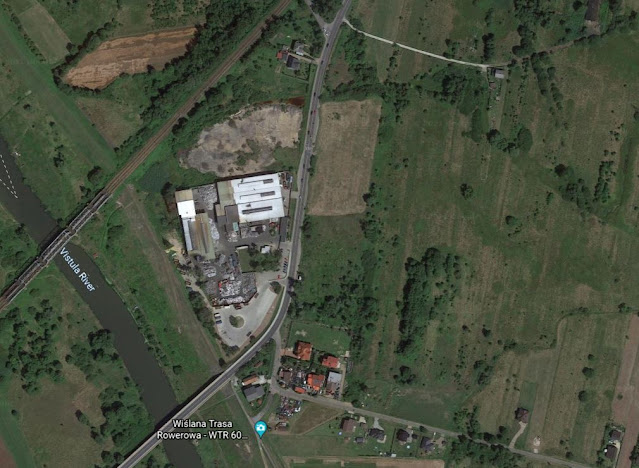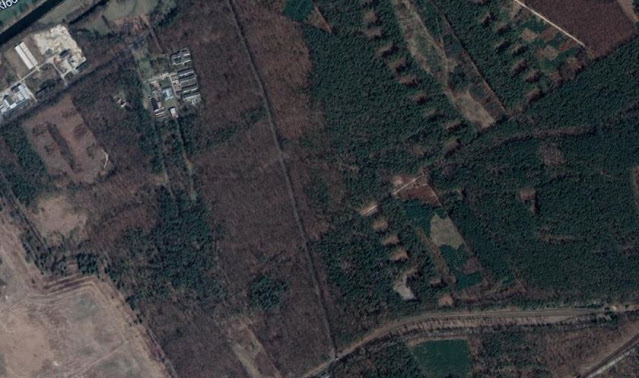Sosnowitz II

Sosnowitz II was established at a rolling mill operated by Oberschlesiesche Maschinen u. Waggonfabrik in Sosnowiec. Initially there were 200 prisoners, the vast majority of whom were Jews, who arrived in May 1944 and held at a former camp for foreign conscript workers. The numbers of prisoners increased to 600 later in the year and to 900 by the end of the year. They were held in three wooden barracks surrounded by an electrified barbed wire fence and overlooked by seven guard towers. Other buildings at the site consisted of a kitchen, washroom, store and latrine. The camp was commanded by SS-Hauptscharführer Albin Vaupel. Prisoners were put to work manufacturing weapon parts, such as gun barrels and ammunition. The prisoners were evacuated in January 1945 when they were taken on foot to Opava in Bohemia and then transported by train to Mauthausen. View of the site from across the railway tracks, with site of steelworks behind the camera Site of former steelworks Rubble from demo...





